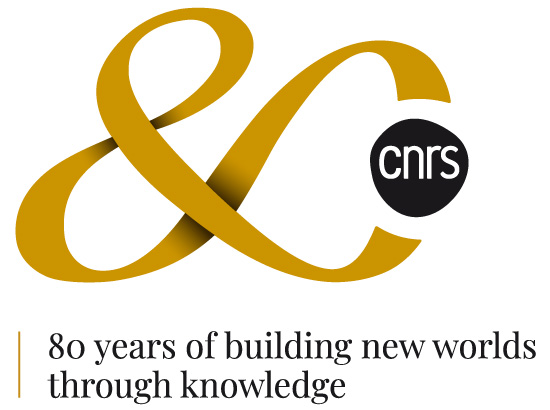Organically Modified Titanium-Rich Ti-MCM-41, Efficient Catalysts for Epoxidation Reactions
Highly ordered, titanium-rich organically modified Ti-MCM-41 materials have been synthesized at 413 K using a mixture of organo-triethoxysilane and tetraethyl orthosilicate. Various organic substituents on Ti-MCM-41 used in the present study are methyl, vinyl, allyl, 3-chloropropyl, pentyl, and phenyl. The highest amount of Ti incorporated for a given Si/Ti mole ratio of 30 in the synthesis gel was 33.6 in the case of the 3-chloropropyl group. For methyl, vinyl, allyl, pentyl, and phenyl this ratio varied from 42 to 53, which is considerably lower than for unmodified Ti-MCM-41 reported earlier. Whereas incorporation of short chain organic functionality (C1–C3) causes an increase in the d spacing, resulting in wider pore openings, long chain (pentyl) and aromatic (phenyl) substituents cause a decrease in d spacing in these mesoporous molecular sieves. An increase in the organic content in the synthesis gel beyond a certain level also causes a decrease in d spacing. N2 and H2O adsorption studies revealed that these organically modified well ordered Ti-MCM-41 materials are more hydrophobic than that synthesized in the absence of organic modifiers. These organically modified Ti-MCM-41 materials are efficient catalysts in the epoxidation reaction of unsaturated alcohols followed by cyclization to cyclic ethers using TBHP as oxidant.

















